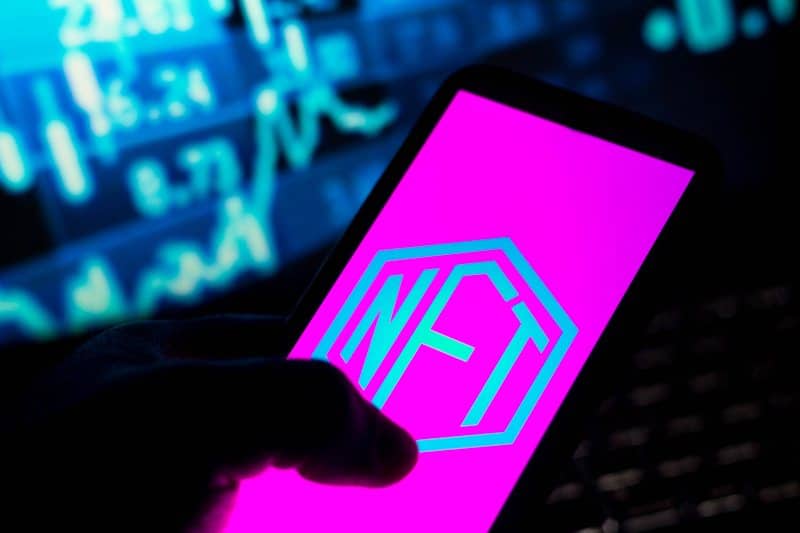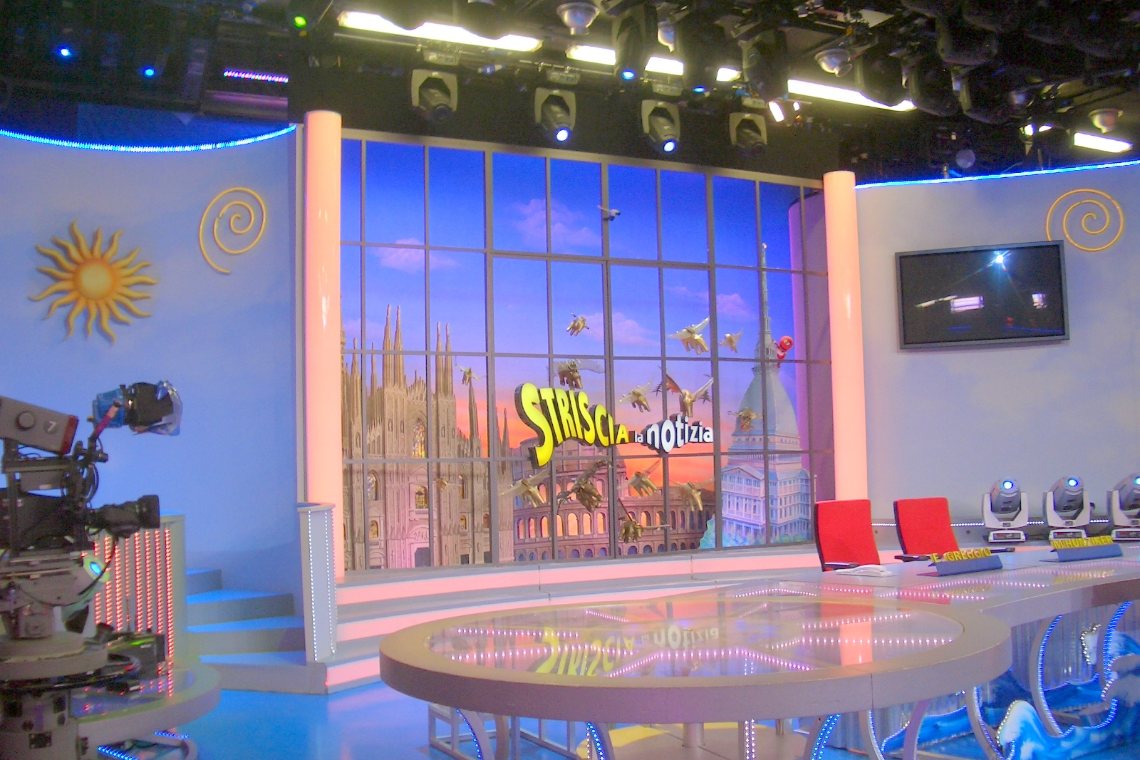After talking about NFTs last April from an educational point of view, the Italian TV show Striscia la Notizia is back at it again. Last night, 4 October 2021, a new episode dedicated to non-fungible tokens (NFTs) was aired.
Sadly, however, the opportunity to educate was wasted, and during the episode, Marco Camisani Calzolari only wanted to highlight the potential downsides of this technology.
NFTs and money laundering, according to Italian TV show
The episode, entitled “NFTs and money laundering”, highlights how this market has allegedly “attracted the international criminal underworld”.
The real problem is not only that there is no evidence for this strong claim, but the examples that have been given to support this thesis are completely inconsistent.
According to Striscia, the reason why there is something shady behind the NFT world is perhaps to be found in the stellar values at which certain works are sold.
They even go so far as to say that, since a Picasso sells for 40 million dollars, it is impossible for Beeple to have sold his work “Everydays: the first 5000 days” for more than 69 million dollars, so the reasons are probably to be found in money laundering.
These are the exact words he used in reference to the Beeple case and the collector Metakovan:
“The reason is that many fraudsters in the field of online services, crypto and illegal substances often operate with cryptocurrencies. They end up with a bunch of bitcoin for instance that they can’t easily turn into dollars because the tax authorities would ask them where it came from. And so NFTs are very useful”.
During the episode, as well as showing Beeple’s work, a famous work from the Art Blocks series is also brought up as an example, explaining once again that the prices were possibly inflated to launder money.
Another erroneous reference that is made in the episode is in saying that wallets are anonymous. In reality, Bitcoin or Ethereum are pseudo-anonymous and all transactions can be tracked on the blockchain, so all steps are traceable, especially if wallets are linked via MetaMask to an artist’s public profile on a marketplace.

Picasso vs Beeple
Wanting to continue with the inaccurate example reported by Striscia, it must be said that the sales record of a Picasso also goes beyond 100 million dollars. Clearly, it depends on the work. There are works by Andy Warhol, Salvador Dali that are worth even a few thousand dollars, so the comparison between that particular $40 million Picasso work and Beeple’s digital art simply doesn’t hold up.
On the comparison between NFTs and physical art, Andrea Concas, Art Entrepreneur and author of the book “Crypto Art“, explained to The Cryptonomist:
“Given the innovation of the topic at hand, it would be good to first differentiate an NFT collectable from a work of crypto art as two completely different types of digital assets with equally different dynamics. We should also remember that traditional “physical” art, just like NFTs, is an unregulated market, as are countless other sectors in which, despite our best efforts, phenomena of this kind occur every day, where the value of the works/goods placed on the market is often not quantifiable and verifiable by cultural or historical values but only by the dynamics of the market itself and its operators. But this is art, whether physical or digital. The study, knowledge and analysis of the market are always very good advisors”.
Beeple’s work was sold at Christie’s, the same auction house that put the mentioned Picasso up for sale, so does this mean that perhaps Christie’s, or perhaps Beeple or the famous billionaire Metakovan, are also directly involved in the underworld?
Striscia la Notizia and the case of Art Blocks
But let’s pretend that Striscia didn’t really say that…
On the other hand, the example of Art Blocks was clear and direct. Unfortunately for Striscia, the Art Blocks project includes over 99,000 NFTs whose average sale is 269 million dollars with over 30 thousand NFTs sold in the last month and almost 13 thousand wallets involved. So are they all in the hands of the mafia?
And what about the Bored Apes then? Or CryptoPunks? Or BitCrystals and Twitter eggs? If we were to follow the reasoning of the exorbitant values of this sector, it would all be down to money laundering.
The post No, the Italian TV show is not right about NFTs appeared first on The Cryptonomist.


![Read more about the article Cardano SPO Column: Carden Pool [CRPL]](https://digitalcurrencyresearch.io/wp-content/uploads/2021/09/SPO25-1-300x200.jpg)
















